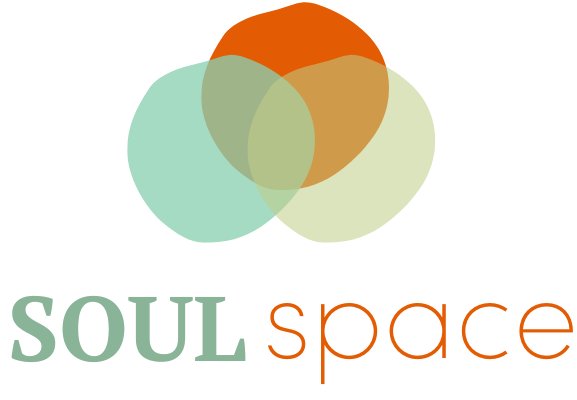What is Cranial Sacral Therapy Massage, Exactly?
Blog post by: Jordan Agee, LMT
What is Cranial Sacral Therapy Massage?
According to John E. Upledger, founder of CST, it's a noninvasive, mindfulness-based treatment approach using gentle manual palpation techniques to release fascial restrictions between the cranium and the sacrum. (also referred to as craniosacral therapy)
To better understand CST it's useful to know the areas of the body and systems involved.
The cranium is our head and the sacrum is the bottom of the spine located between our hip bones. The space from the cranium down to the sacrum creates a boney outer shell for the Central Nervous System (CNS), also known as our brain and spinal cord. The CNS is surrounded and encased by cerebrospinal fluid. This fluid creates a natural rhythm that can be felt by practitioners throughout the body during a CST session.
In its simplest form cerebrospinal fluid helps support, protect, remove waste, and bring balance within the body.
Within the human body, several conditions and stressors can present physically. This can disrupt, block, and slow the natural rhythmic flow of cerebrospinal fluid. With the use of CST it helps release these restrictions and balance the flow of the cerebrospinal fluid.
Within a session, we tap into the body's natural ability to heal itself.
What does a Cranial Sacral Session look like?
Within a CST session, we first establish your goals, and needs, and I’ll also answer any questions. I welcome you to wear whatever you feel most comfortable in. Within a CST session, you are fully clothed and lying on your back. Following the Upledger 10-step protocol, I’ll position my hands at various parts of the body; for example- feet, legs, lower back torso, neck, and head, to evaluate and rebalance. The hands-on touch and holding of stillpoints is very light and gentle.
A session can be described as a physically connected meditation.
Because everyone is different, experiences vary as well. You may feel relaxed, and even feel structural releases. You may also want to talk, recalling memories, or express emotions. You may notice an increase in your mind and body connection. As you receive more treatments this will help to open and connect the mind with your body and you may feel more sensations, or even emotions or memories.
What symptoms or conditions can craniosacral therapy support?
Cranial Sacral helps support wellness through several conditions:
Chronic pain
Trauma
Ear/Jaw pain
Migraines
Joint stiffness
Depression/Anxiety
Neurodivergent symptoms
Coordination impairments
Grief
How often should someone have Craniosacral Therapy?
Everyone's experience will vary but typically consistency is key.
Regularly scheduled/occasional treatments: help you deal with the physical and mental stresses you face each day. May provide temporary symptomatic relief.
Weekly sessions: recommended for those recovering from major trauma.
Monthly appointments: may be sufficient for those dealing effectively with chronic conditions and stress management, especially when combined with fitness programs, manual medicine, and/or physical therapy treatments.
Soul Space now offers cranial sacral sessions with Jordan. There are both 60-minute CST sessions and 90-minute integrative sessions with CST focus.
Learn more HERE.
Call to schedule a session book online HERE
Reference:
Upledger, J. E., & Vredevoogd, J. D. (1983). Craniosacral therapy (Vol. 236). Seattle:: Eastland Press.

